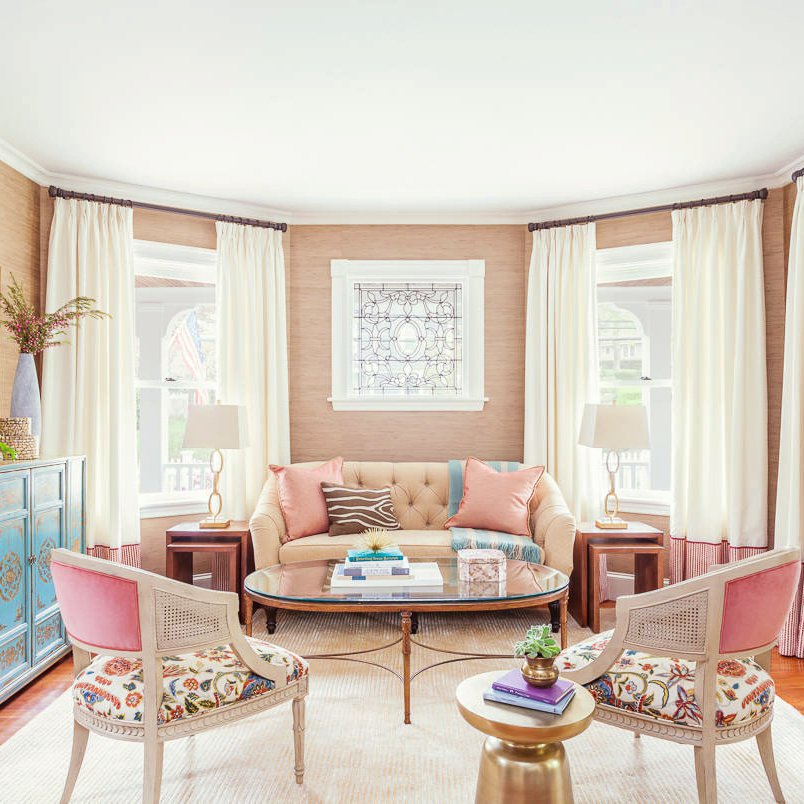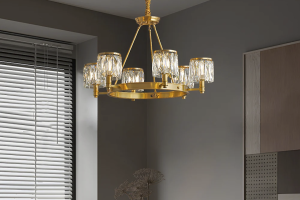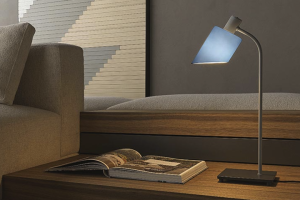Mid century modern lampshades hold a unique place in the world of interior design. They were born out of the post-World War II modernist movement, which celebrated simplicity, functionality, and minimalism. These shades, with their geometric shapes, clean lines, and innovative use of materials, embody the aesthetics of the mid-century era.
Today, mid century modern lampshades are enjoying a resurgence in popularity. Their retro charm and timeless style have made them a favorite of interior designers and homeowners alike. In this article, we’ll explore the history and characteristics of mid century modern lampshades, and discuss how you can incorporate them into your own home decor.
The History of Mid Century Modern Lampshades
Mid century modern lampshades were first introduced in the 1940s and 1950s. They were influenced by the Bauhaus movement, which emphasized the use of new materials, such as plastics and fiberglass, and the principles of modern design, such as minimalism, simplicity, and functionality.
One of the most iconic mid century modern lampshades is the Noguchi Akari lamp. Designed by Japanese-American artist Isamu Noguchi in 1951, the lampshade is made of shoji paper and bamboo ribbing, and is based on traditional Japanese lanterns. The unique design of the lampshade allows for a warm, diffused light, and creates a serene and inviting atmosphere in any room.
Another classic mid century modern lampshade is the PH lamp, designed by Danish architect and designer Poul Henningsen in the late 1920s. The lampshade features a series of layered metal shades, which diffuse light and eliminate glare. The PH lamp was designed to provide both ambient and functional lighting, and its striking design has made it an icon of modernist lighting design.
The Characteristics of Mid Century Modern Lampshades
Mid century modern lampshades are characterized by their clean lines, geometric shapes, and innovative use of materials. They embrace simplicity and functionality, and are designed to blend seamlessly into any modern space.
One of the defining features of mid century modern lampshades is their use of materials. Many mid century modern lampshades are made from materials such as fiberglass, plastic, and metal. These materials were popular during the mid-20th century, and were used to create lampshades that were both lightweight and durable.
Another key characteristic of mid century modern lampshades is their innovative use of geometry. Many mid century modern lampshades feature unique shapes, such as spherical or teardrop shapes, or abstract, asymmetrical designs. These shapes create striking visual interest and add a sculptural element to any room.
Incorporating Mid Century Modern Lampshades into Your Home
If you’re looking to incorporate mid century modern lampshades into your home, there are a variety of ways to do so. Here are a few ideas to get you started:
1. Add a Noguchi Akari lamp to your living room or bedroom. These lamps are incredibly versatile, and can add a warm, inviting glow to any space.
2. Consider a PH lamp for your office or workspace. The layered metal shades will eliminate glare and provide both ambient and task lighting.
3. Look for mid century modern lamps with unique geometric shapes. These lamps can add a sculptural element to any room, and can be used as statement pieces on a side table or console.
4. Choose mid century modern lampshades that complement the other elements of your decor. Look for lampshades in colors or materials that are similar to other accessories in the room, such as throw pillows or rugs.
Mid century modern lampshades are a timeless and elegant addition to any home. Their clean lines, innovative shapes, and use of materials make them a favorite of interior designers and homeowners alike. If you’re looking to add a touch of mid-century charm to your decor, consider incorporating a mid century modern lampshade into your space.






More Stories
Enhance Your Dining Space with an Acrylic Table Lamp
Enhance Your Living Room with Embedded LED Lights
10 Small Dining Room Lighting Ideas for a Cozy Space